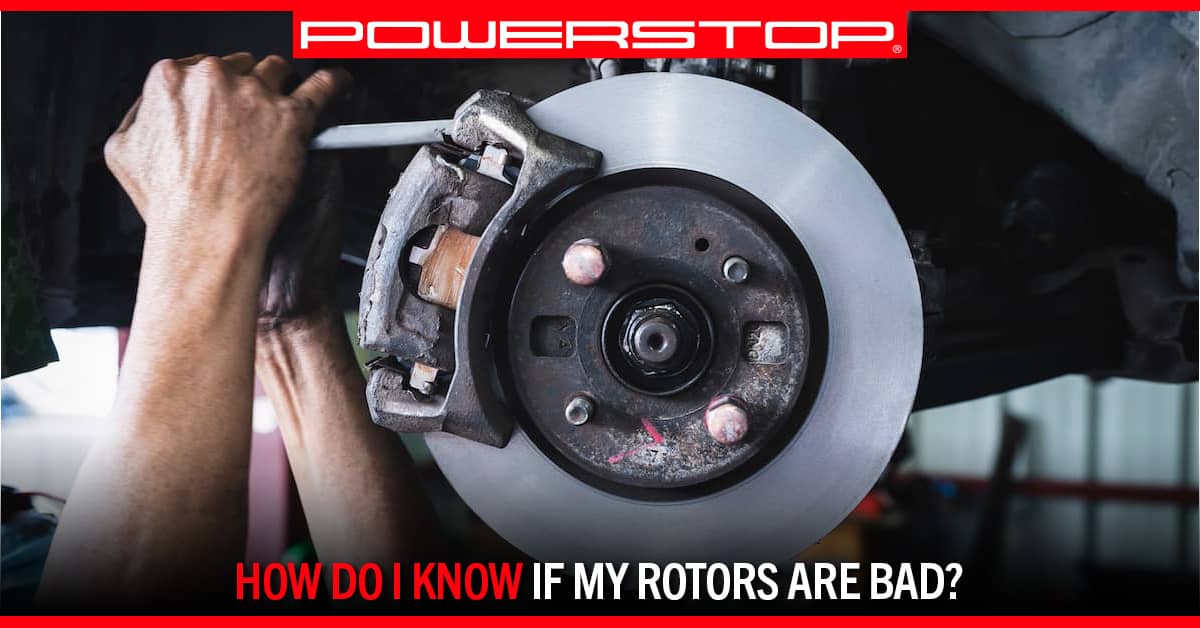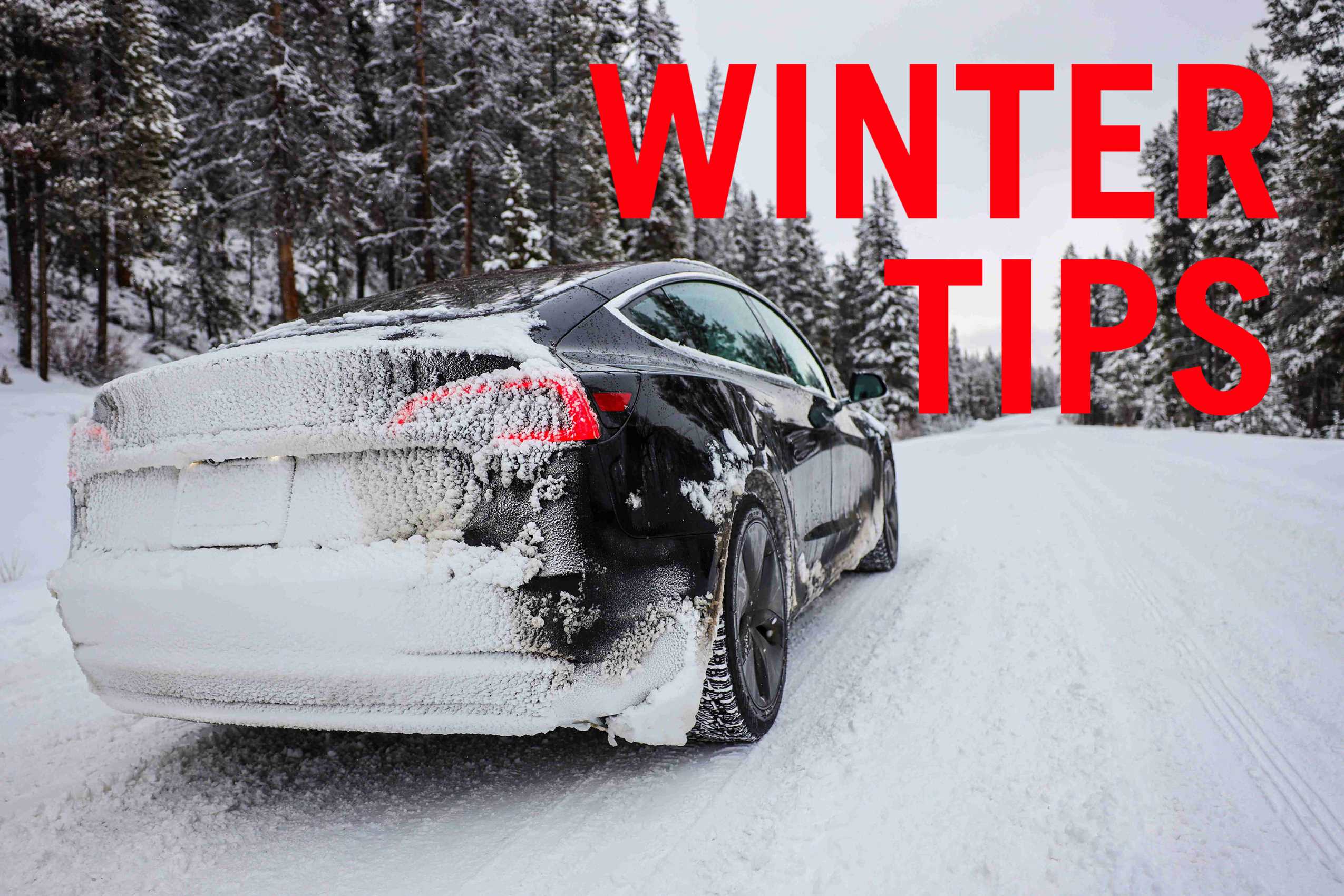
Be sure you and your vehicle are prepared for winter weather with these helpful tips! Winter is coming for much of the country and with that brutal snow and freezing temperatures. From regular maintenance to gathering supplies that could come in hand in a pinch, we have you covered.
Tips To Prepare For Driving In Winter Weather
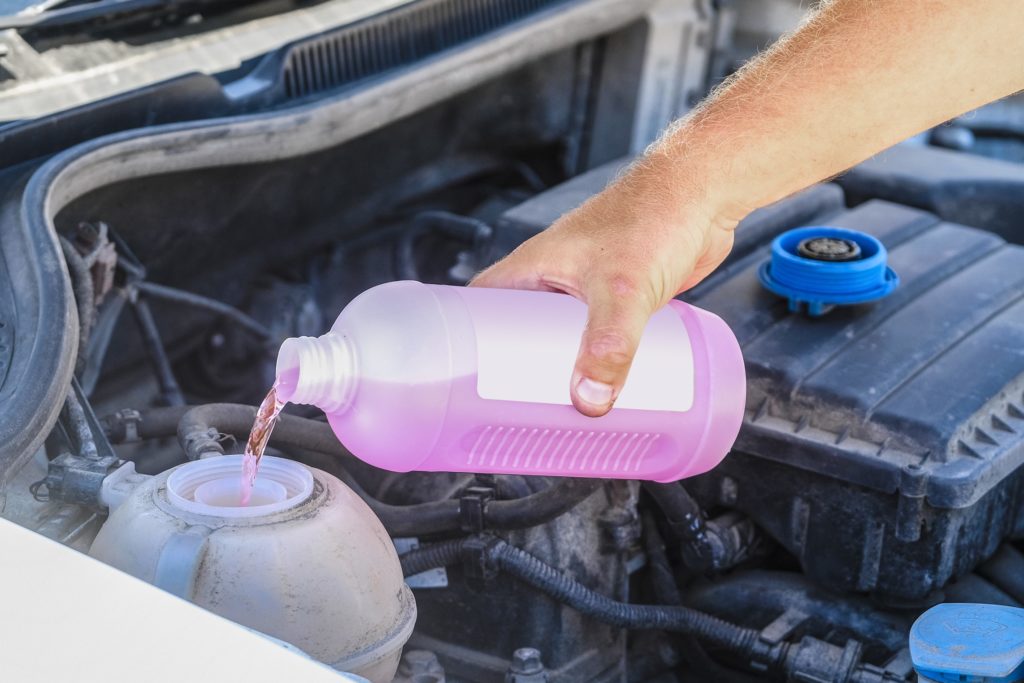
Coolant and Antifreeze
Engines have an optimum operating temperature window. An engine that is overheating or frozen may be susceptible to fatal damage and a costly repair bill. With the holiday season right around the corner, no one wants to deal with that. To help keep in your engine temperature in check during the winter, there’s antifreeze. Antifreeze is a liquid that helps prevent either of those extremes from happening. Mixing antifreeze with water and filling your cooling system reservoir to the specified level helps prevent rust from forming on gaskets and other important engine components. This aids with heat transfer to avoid overheating but stops water from freezing in your engine, especially when left overnight in below freezing conditions. Mixing antifreeze with water creates what we call coolant. Check your vehicle’s owner’s manual to find out the recommended mixture – never fill your cooling system with just water.
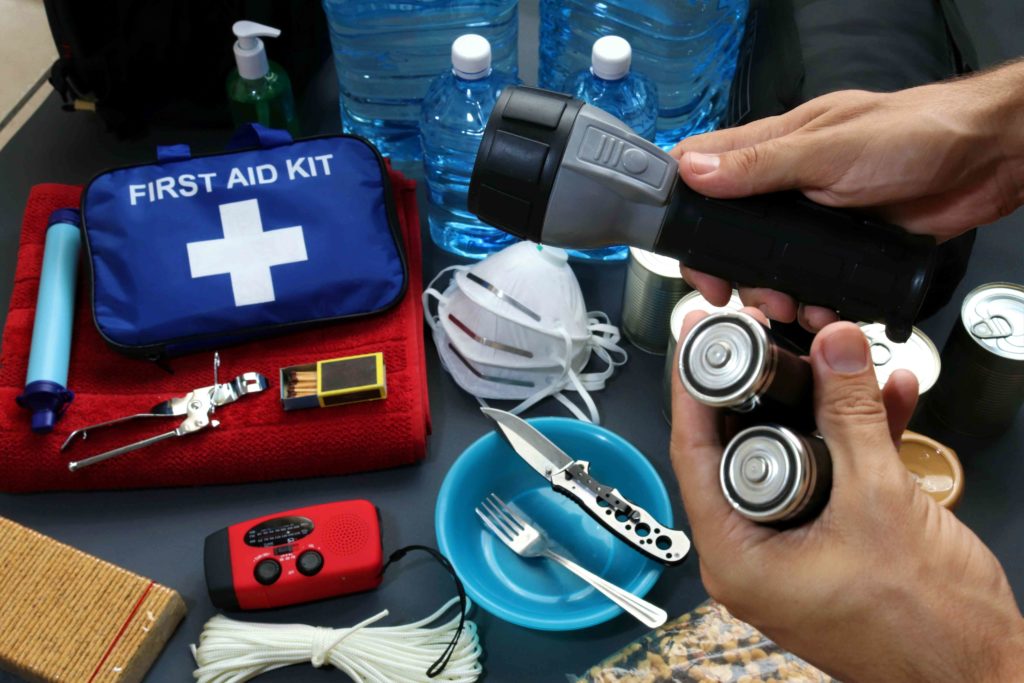
Have An Emergency Kit
- First Aid Kit – This is an essential item year round, but becomes more important in winter as weather conditions may make emergency response times longer.
- Water & Snacks – You may have to wait for assistance if your car is stranded. Having some minor provisions like these in your safety kit will help make the wait more comfortable.
- Phone Charger & Car Adapter – In extreme winter conditions, if you get stuck, it is best to wait in your vehicle and call for help. Carrying a charger with you will ensure you can call for help if you need it.
- Ice Scraper & Snow Brush – Weather conditions can be unpredictable. Make sure you are always able to fully clear snow and ice off of your car for safety and visibility.
- Small Shovel – You can use this to dig your car out of snow or to clear a path.
- Winter Clothes & Blankets – If you break down and your heat isn’t working, it can get cold fast. Carry warm winter clothes and extra blankets to stay warm and dry.
- Emergency flares & Reflectors – During a winter storm, visibility may be low and these will help emergency vehicles and other drivers be able to see you.
- Coarse Materials Like Sand, Rock Salt, or Kitty Litter – These can be spread on the ground near your tires and in your vehicle’s path to help gain traction if your vehicle is stuck in snow.
- Jumper Cables – Cold temperatures can negatively impact your vehicle’s battery. By carrying jumper cables with you, you have a better chance of finding someone who can give you a jump more quickly than relying on someone else to have them.
Replace Windshield Wiper Blades
When’s the last time you changed out your wiper blades? Windshield wipers are designed to be replaced periodically, and overall wiper performance will degrade as the blades are exposed to sunlight and environmental conditions. Routinely inspecting your wiper blades for proper performance is important to ensure that the wipers will perform at their best when you need them – especially in tough winter conditions. This is one of several factors to consider when choosing the best wiper blades for your vehicle. Not all wiper blades are made for snow and some standard windshield wipers may break or malfunction during harsh winter conditions. Consider installing a set of all-season, all-weather wiper blades to help avoid issues.
PowerClear Wiper Blade Kits are designed to provide maximum visibility in all weather conditions. These premium windshield wipers are relatively inexpensive, easy to install, and will provide you with better visibility in the harshest of conditions. PowerClear wipers come equipped with RealView Advanced Rubber Technology to help prevent snow/ice buildup on the blades and are made with a sturdy, beam blade design to push snow and ice more easily.
Your vehicle’s windshield wiper fluid will also need to be replaced more often in winter. If you are driving in a snowstorm, you could potentially use up all the remaining wiper fluid in a single trip. To avoid a situation where you run out of fluid during your drive, check the fluid and top it off as needed on a regular basis. You should use windshield wiper fluid that is formulated for winter conditions if possible. You can also add washer fluid antifreeze to the vehicle’s reservoir to help prevent possible freezing or ice buildup if you aren’t sure that your current wiper fluid is designed for low temperatures.
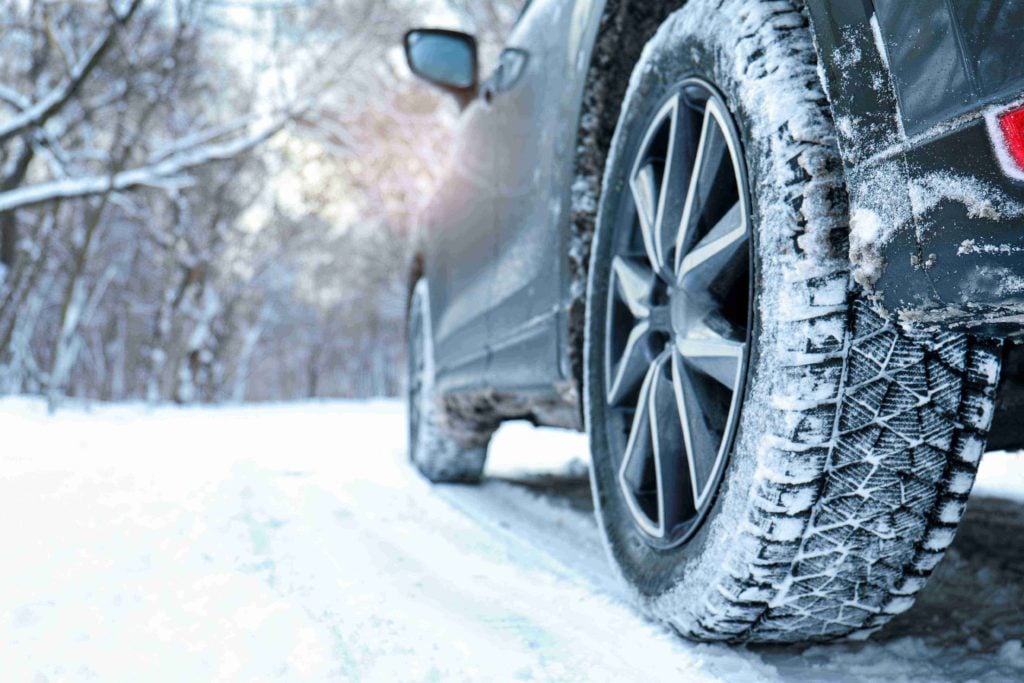
Tires For Winter Driving
Tires may be the single most important vehicle component during winter driving. After all, it is the only thing that connects the vehicle to the ground that may be full of snow and ice. These days, many vehicles come standard with all-season tires. High-performance cars or muscle cars may come with summer tires. All-season’s, depending on the specific set of tires, aim to deliver performance across all types of weather and situations. They are good in most circumstances as a “jack of all trades” tire. Summer tires aim to give the driver excellent grip on hot summer days. Both all-season and summer tires may harden in winter weather, which can negatively affect traction on the road. There is a much better option for winter driving: snow tires. Snow tires are specifically designed for peak performance when conditions are at their worst, often featuring a softer rubber compound and aggressive tread patterns that create more grip. This allows you more control and confidence as a driver to react better to skids if they arise or even better – avoid them all together. Snow tires are recommended for use under temperatures 45 degrees. For areas of the country that experience larger amounts of snow and ice, especially with mountainous roads, studded winter tires and chains can add even more traction and control while driving.
Waxing & Washing Your Vehicle In The Winter
Before winter weather gets too bad, consider washing and waxing your vehicle. Many parts of the U.S. use road salt to eliminate snow and ice on the roadways. Unfortunately, this salt can lead to corrosion on your vehicle. Road salt can also cause any existing scratches or dents to rust. By waxing your vehicle, you add an additional layer of protection to your paint. Waxing further protects paint from the elements and any harmful chemicals that might come into contact with the paint. Applying wax to the vehicle before winter weather arrives should protect the vehicle throughout the entire winter.
Additionally, it is good practice to wash your vehicle every two weeks or so during the winter. Washing your vehicle in the winter will remove harmful road salt build up and reduce the chances of corrosion. Make sure to use a car wash that will thoroughly clean your vehicle’s undercarriage. Road salt can build up in this area and potentially cause damage. Try to wash your vehicle on warmer days when the sun is out and can help to dry the vehicle. Be careful to avoid washing during extreme cold temperatures where water may freeze and prevent you from opening the doors or windows.
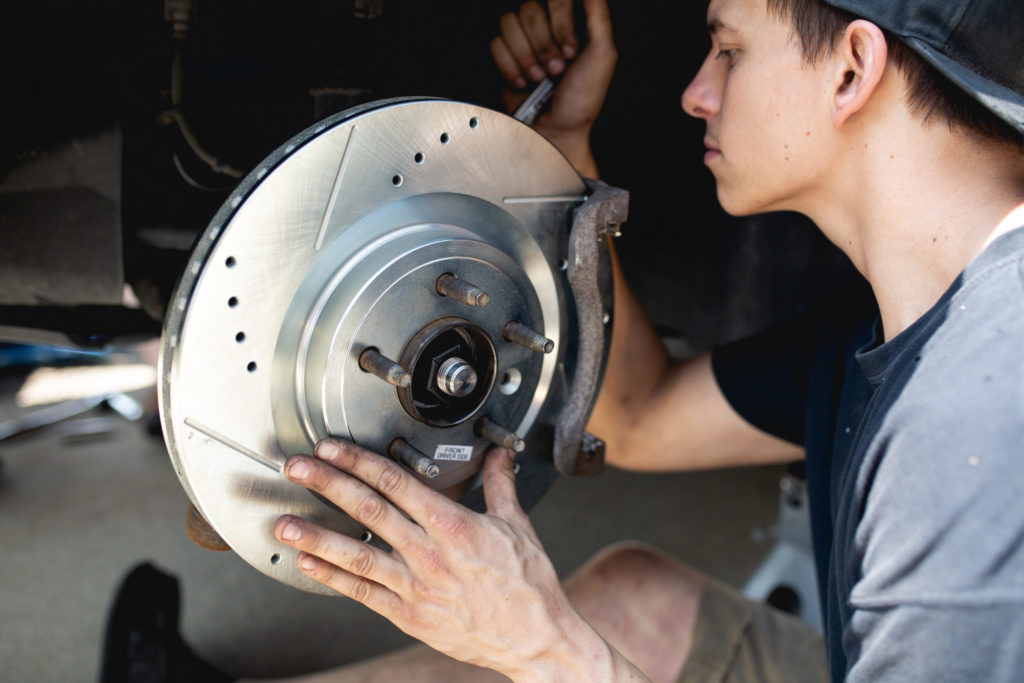
Stay On Top Of Brake Maintenance
While traction is the most important technical aspect to safe winter driving, your brakes play a big role, too. It’s imperative that you can come to a safe and comfortable stop when your tires grip the road. When driving in rough winter conditions, put more focus on slowing down earlier and more gradually than normal to avoid initiating a skid or slide. Also, keeping a large following distance to the car in front of you will help give you more room to come to a safe stop.
Brakes should be inspected regularly. Besides normal wear and tear, the salt that is used to break up ice in the winter can be harmful to vehicles and erode key components in the braking system over time. When you start to feel a judder, vibration, or hear squeals and other noises it may be time to replace worn-out braking components. Luckily, it’s never been easier to complete a DIY brake install at home thanks to our Brake Upgrade Kits. From finding exact parts for your vehicle -> ordering -> actual installation, we take the guesswork out of upgrading your brakes. However, not everyone has access to a heated garage to be able to perform the installation in the winter. After all, no one wants to be out on the driveway for a couple hours in below freezing temperatures. That’s why it’s important to stay on top of brake maintenance and inspection before winter weather hits. Take care of much needed maintenance before it becomes a hassle!
To find affordable performance brakes for your specific vehicle, head to our homepage and use our Brake Finder. It will match Brake Upgrade Kits to your vehicle and recommend low-dust, low-noise components that are easy to order and easy to install!
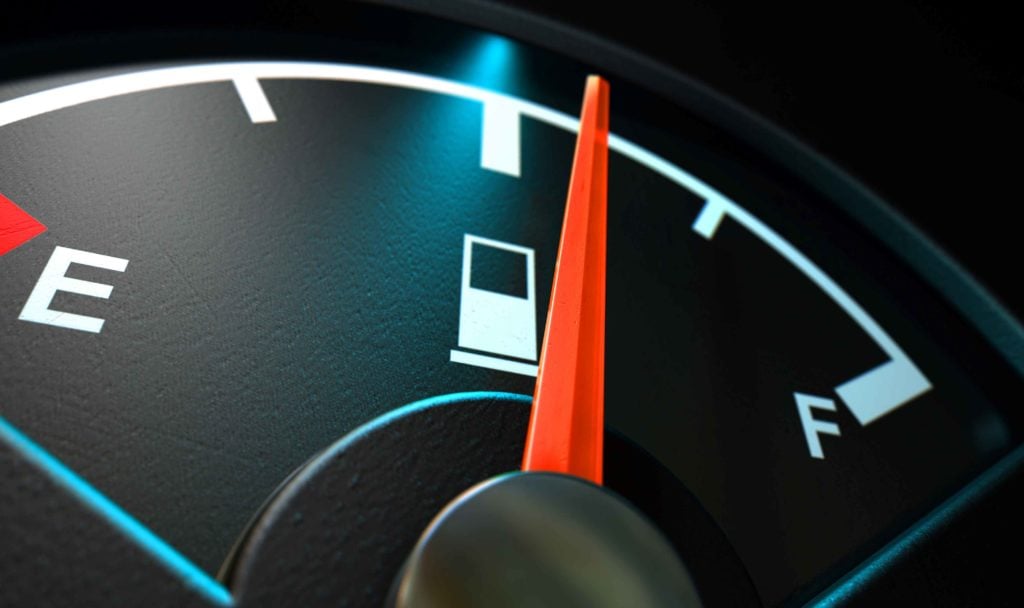
Keep An Eye On Your Gas Tank
During the winter months, it is a good idea to keep your gas tank at least half full. In gas tanks with empty space, moisture will start to build up as condensation forms. This can dilute the remaining fuel in the gas tank and put increased strain on your gas lines and other parts. If the moisture inside freezes, the damage to your vehicle can be substantial. A full tank of gas will reduce condensation. The more gas in the tank, the less water can build up. Also, if you end up getting stranded, you’ll want to be able to run the engine and keep yourself warm until help arrives. Keeping your gas tank from getting too low is the safest way to protect you and your vehicle.
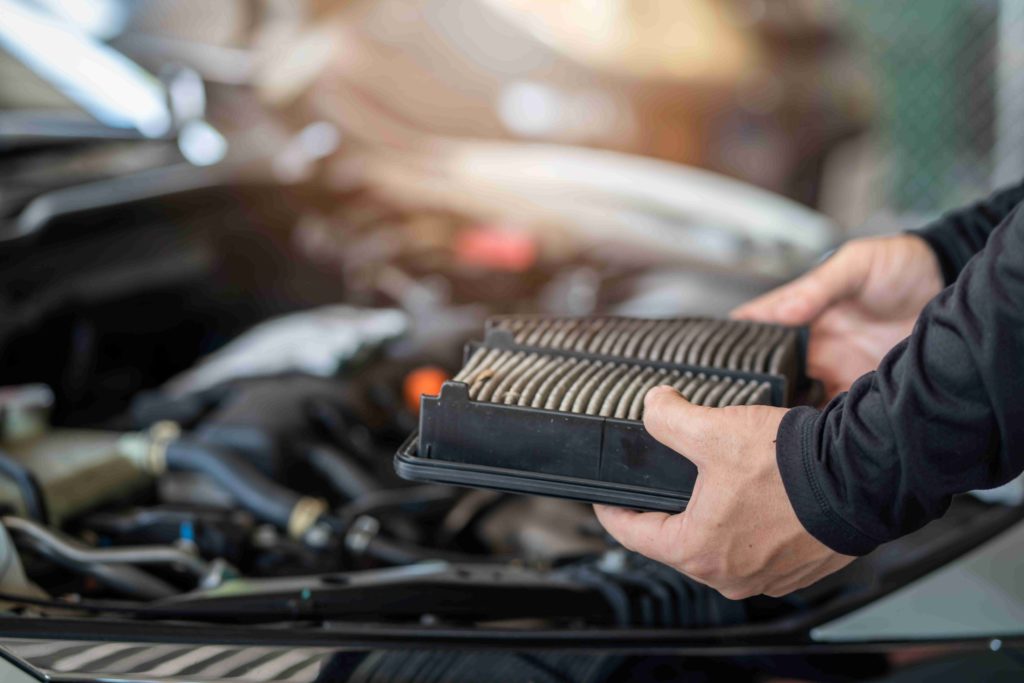
Change Filters To Allow For Better Heating
An often overlooked part of regular car maintenance is the heating & and filtration system. Unfortunately, most only think to inspect it after there’s a problem, but it’s important to check it regularly and before the winter season. A fresh cabin air filter can stop contaminants such as dirt, dust, smoke, mold, and exhaust gases from entering your vehicle’s cabin but also ensure optimal airflow through your car’s heater. Reduced airflow through your car’s heating system can lead to expensive repair costs.
Check For Battery Health & Corrosion
You won’t get very far with a dead car battery. Cold weather puts even greater strain on your vehicle’s battery, so it’s important to check it as winter weather rolls in. Cold weather slows down the chemical reactions that happen inside of your car battery, and the lower temperatures also thicken the motor oil in your car’s engine. These factors both cause car batteries to die more often in winter.
To make sure you are prepared, you should test your vehicle’s battery, check for any loose cable connections, and look for possible corrosion. Loose cable connections or corrosion can interfere with the battery’s ability to start the engine.
- Checking For Corrosion – If you notice a powdery, white substance around the terminals, your battery is corroding. Remove corrosion from around the battery terminals using a dry rag. Also, you can use a wire brush to scrub them with some baking soda and water.
- Checking For Loose Cable Connections – Cables can loosen naturally over time. Check your vehicle’s manual, and use a wrench to tighten the cables if you feel comfortable.
Consider having your vehicle’s battery inspected by a professional. They can give your battery a full inspection and recommend replacement if needed.
To find the right brake kit for your vehicle: www.powerstop.com
PowerStop brake kit installation videos: Installation Videos
More PowerStop video content: www.youtube.com/user/PowerstopMedia/
For more helpful Tips and How To: Resources: How To
Back


